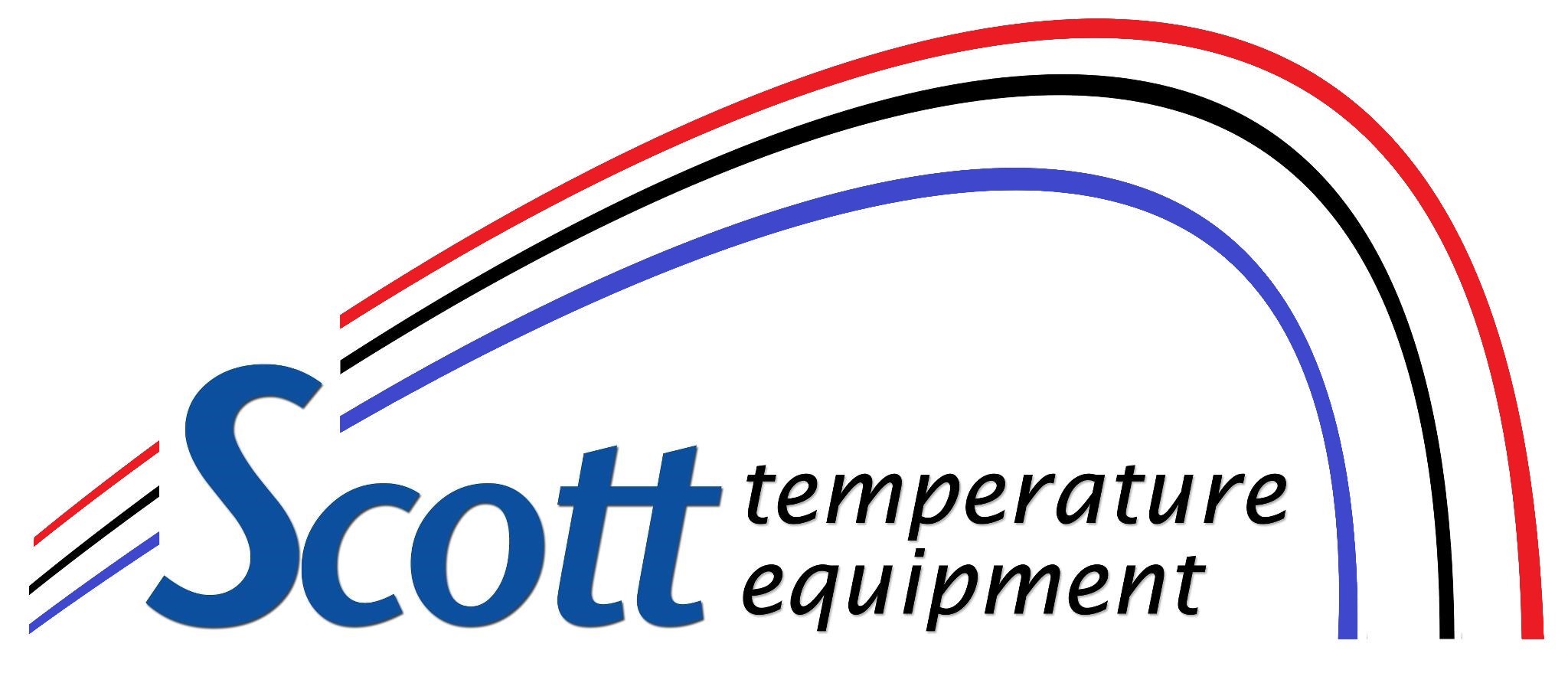
Enjoying cozy heating and cooling in Lawrence, Kansas, throughout the year appears to be a good approach. But actually, how can you maintain a cozy home while controlling energy costs?
Having a cozy home during the winter isn’t as hard as you anticipate. But sometimes you may require expert assistance if you’re experiencing hot and cold spots. Or if your equipment doesn’t heat like it once did.
If you’re going through comfort problems or need furnace repair, the heating and cooling pros at Scott Temperature can help. Contact us at 785-503-3712 to request an appointment right away.
For the time being, here are some suggestions on how to handle your thermostat during the cooler months.
Decrease Settings When You Leave
Decreasing the thermostat 10–15 degrees while you’re gone can save 5–15% on your heating costs, according to the Department of Energy. If your house is empty during the day, this is a great method to reduce expenses. And when you consider what even 5% could do for your utility expenses, that can make a huge difference!
Lower Temperatures Why You Sleep
You can also lower the temp before you go to sleep. It even benefits more than merely your utility expenses! The best temperature for falling asleep is 60-67 degrees, according to the National Sleep Foundation. Your body cools down naturally to help you sleep, so keeping your bedroom chilly could help you go to bed more quickly.
Install a Smart Thermostat
One point to think over if you don’t already have it—a smart thermostat. You won’t have to go over to the thermostat to change it. In actuality, you can lower it from nearly anyplace with your phone. A Wi-Fi thermostat also learns your loved ones’ schedule and intuitively changes the temp to help you save more on heating.
Have a More Comfortable Home with Assistance from the Heating and Cooling Pros
Even if you don’t make extreme changes to your temp, a small adjustment can impact your energy costs.
While you are managing your thermostat, there are a couple other things to consider during the heating season.
- Schedule an appointment for annual furnace maintenance. Heating service ensures your system is working appropriately and may help make your furnace more efficient.
- Inspect your air filter. If you don’t notice light through it, you need to get a new one.
Both of these steps will help confirm your heating system is in peak form to keep your home toasty.
If you need help installing a smart thermostat or have HVAC concerns, reach the experts at Scott Temperature to get outstanding assistance. You can contact us at 785-503-3712 or request an appointment online.
